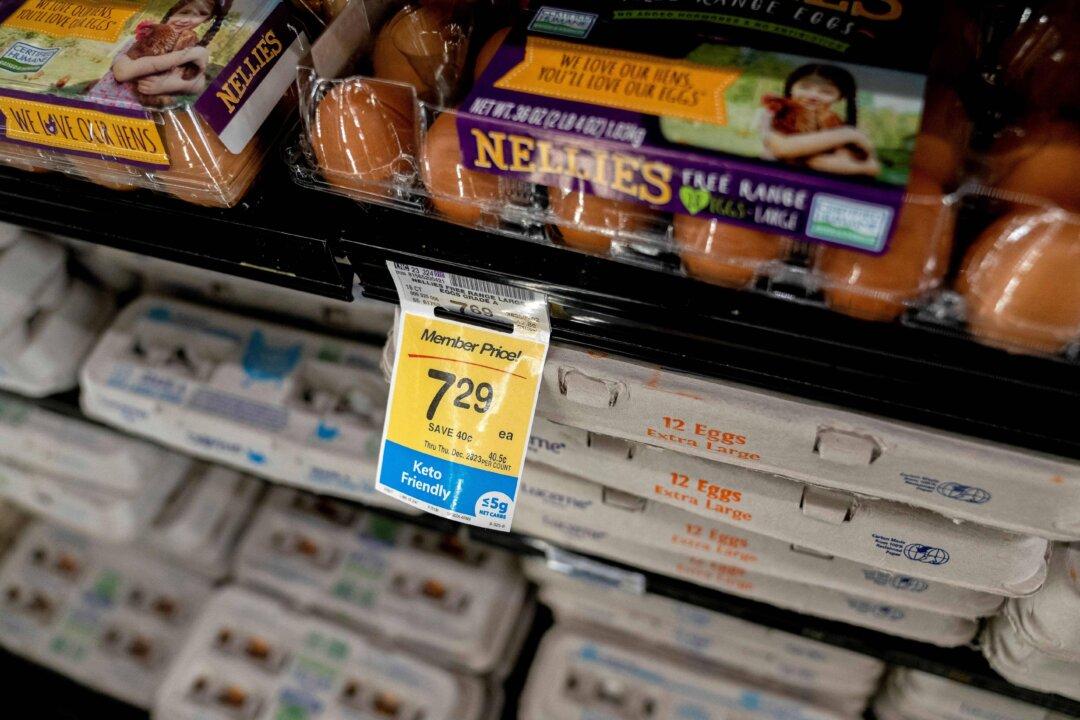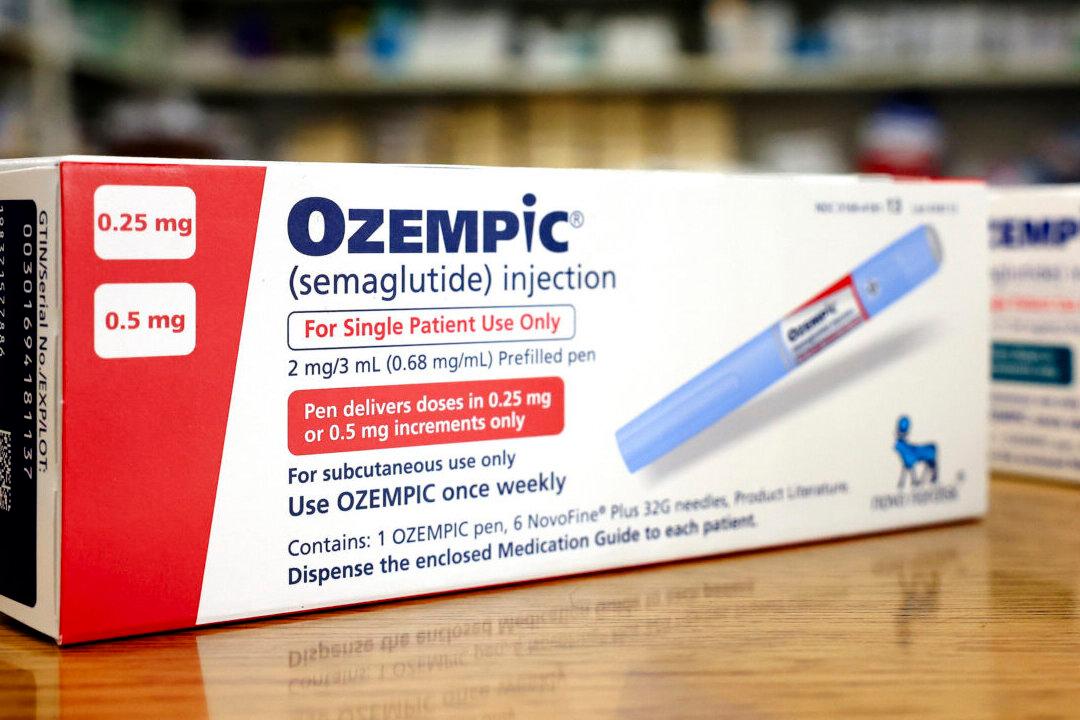With the price of a dozen eggs climbing to never before seen heights, one agriculture watchdog group and at least one U.S. senator are crying “fowl” about price gouging, but an agricultural expert says the reasons are much less nefarious.
Florida Commissioner of Agriculture Wilton Simpson has been in the egg business for most of his life.





